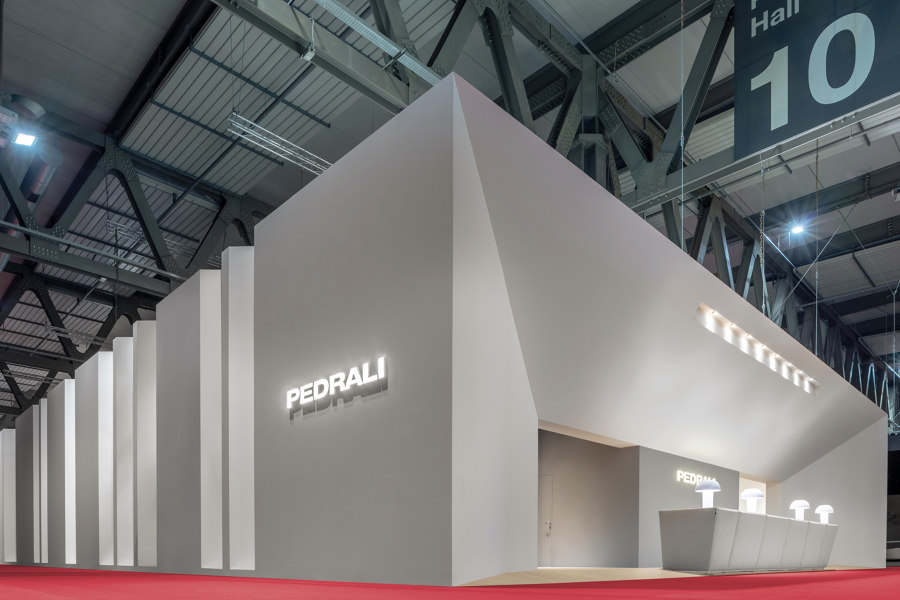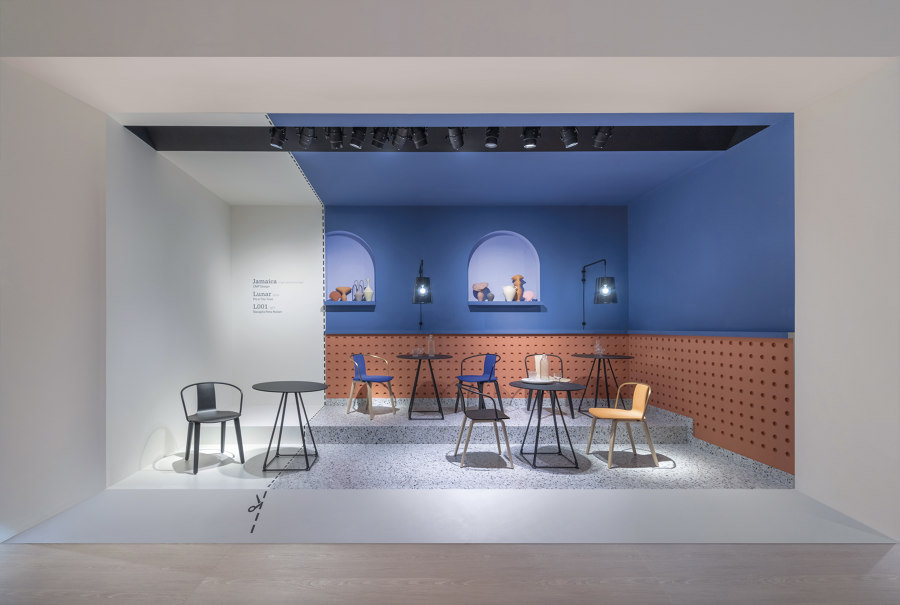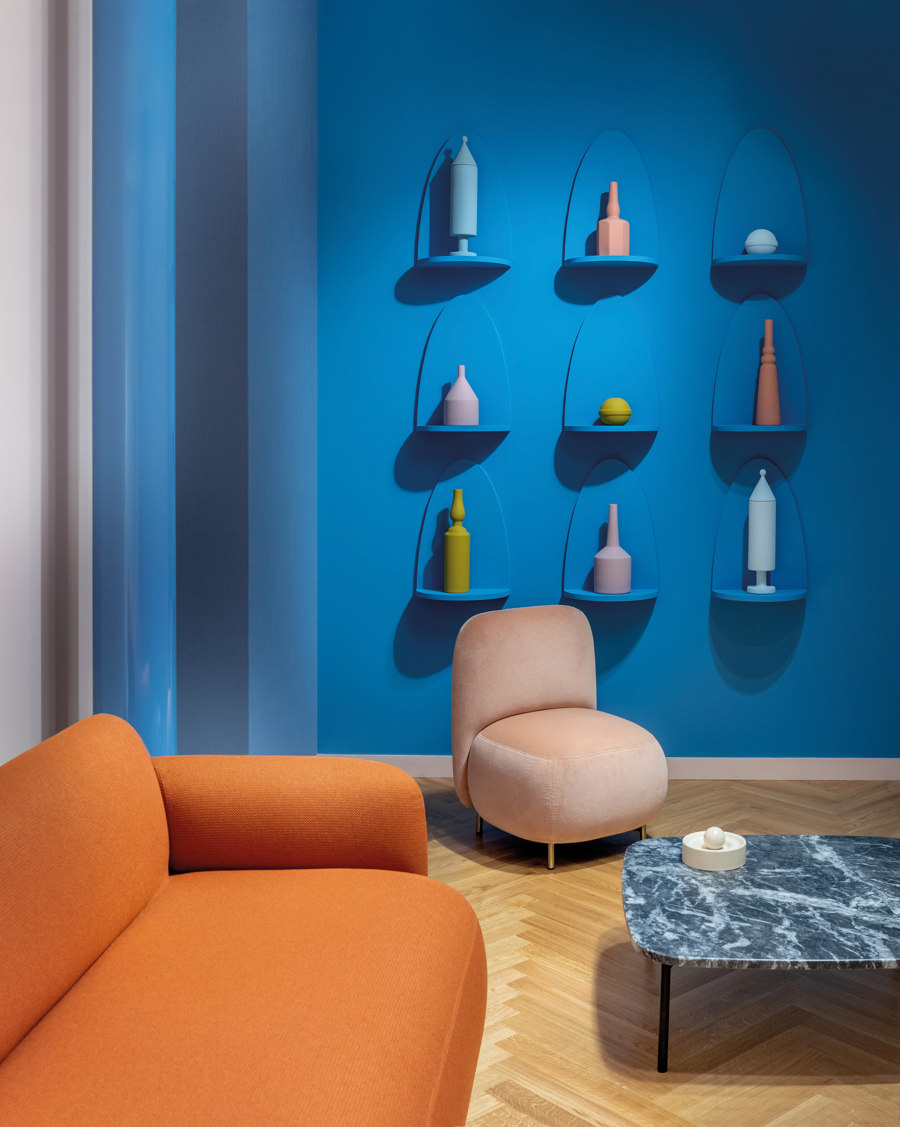‘Lightness is the future’: the new Héra armchair from Pedrali
Storia del Marchio di Simon Keane-Cowell
MORNICO AL SERIO (BG), Italia
29.04.19
What happens when you combine the latest production technology in wood with the precise vision of celebrated architect Patrick Jouin? A new restaurant armchair called Héra, whose elegant, reduced form belies its supreme comfort.
Lightness of touch: Patrick Jouin’s new Héra armchair for Pedrali, designed primarily for use in hospitality settings, marries, via cutting-edge wood-crafting technology, an optical lightness with a literal one
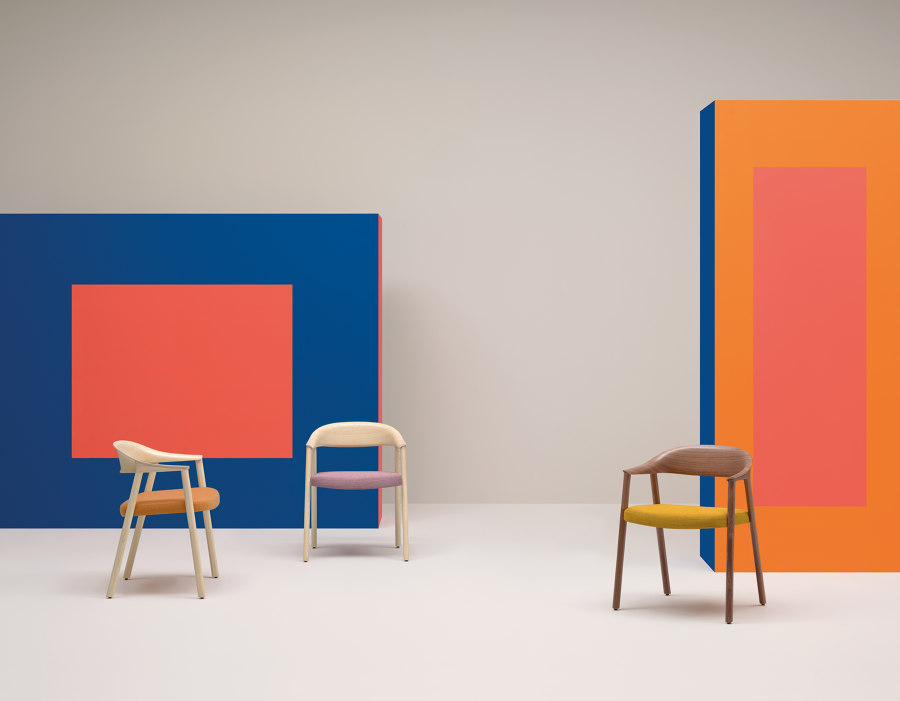
Lightness of touch: Patrick Jouin’s new Héra armchair for Pedrali, designed primarily for use in hospitality settings, marries, via cutting-edge wood-crafting technology, an optical lightness with a literal one
×Milan is full of palazzi. This we know.
But a new palace threw open its doors this year in the form of the #PedraliPalaceofWonders – Pedrali’s architecturally intriguing stage-set at last week’s Salone del Mobile.Milano. Designed by go-to architectural studio Calvi Brambilla and offering visitors a journey through a sequence of clearly contextualised rooms, each mise-en-scène articulating via careful art direction a new collection, the concept reflected the brand’s values of consistent aesthetic expression and precise execution.
Among the stagings was architect-designer Patrick Jouin’s latest collaboration with the Italian producer – the Héra armchair – designed specifically with hospitality settings in mind. Leveraging Pedrali’s impressive know-how in up-to-the-minute wood-manufacturing technology (what these people don’t know about CNC isn’t worth knowing), Jouin has delivered a design whose optical lightness is attended by an impressive literal lightness. “Beauty with a lot of muscle, a lot of weight, is not the life of now,” he says.
I sat down with Jouin (on an Héra armchair, of course) to talk about his partnership with Pedrali and the wonder of wood.
Designed by Milan office Calvi Brambilla, Pedrali’s stand concept at the 2019 Salone del Mobile – #PedraliPalaceofWonders – took visitors on a journey through a number of contextualised, art-directed room stagings
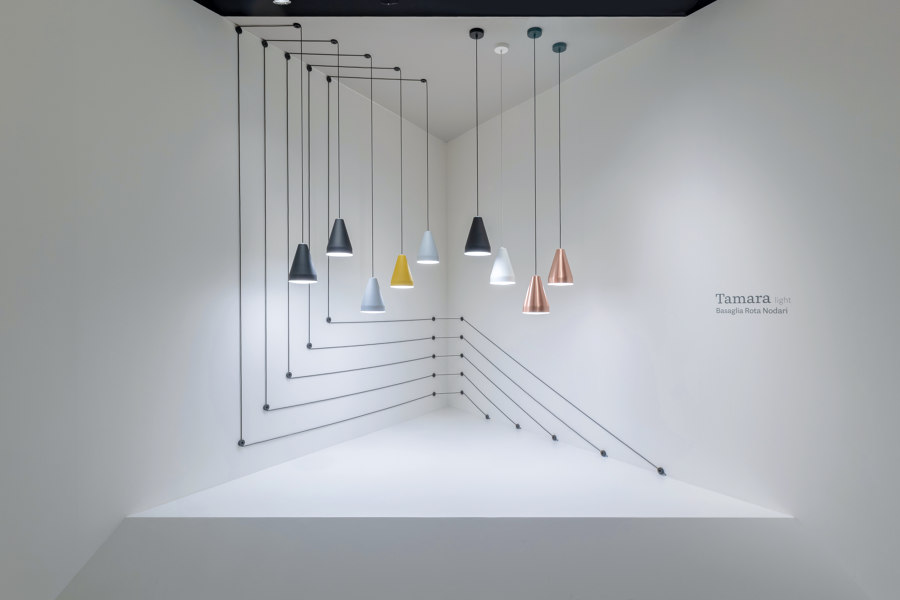
Designed by Milan office Calvi Brambilla, Pedrali’s stand concept at the 2019 Salone del Mobile – #PedraliPalaceofWonders – took visitors on a journey through a number of contextualised, art-directed room stagings
×How was your year since I met with you at the last Salone del Mobile?
Busy. (Laughs.)
Your team in Paris is getting bigger?
We’re 50 people in total now. And that’s across disciplines: architecture, interior architecture and design. And in the latter we have two branches: furniture and industrial design.
What would you consider to be industrial design as opposed to furniture?
That’s a fair point. Our Héra armchair for Pedrali is also industrial design…
Its back made of 3D plywood, the new Héra armchair places an emphasis on efficient material usage, without compromising on aesthetics and comfort – classic Pedrali!
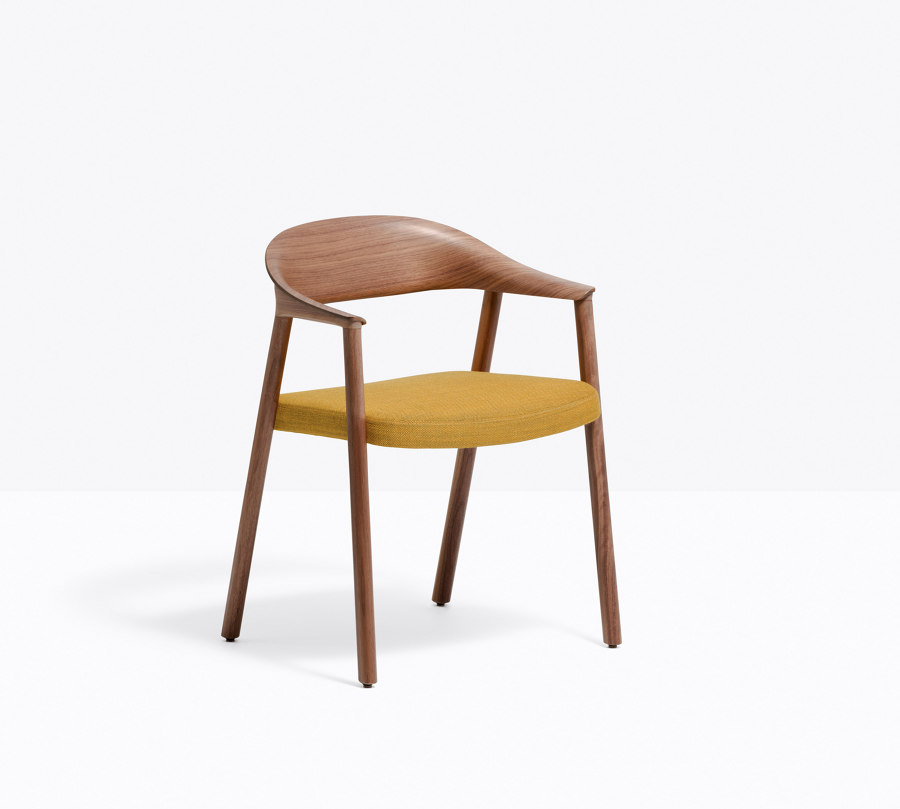
Its back made of 3D plywood, the new Héra armchair places an emphasis on efficient material usage, without compromising on aesthetics and comfort – classic Pedrali!
×Especially when you consider how industrial Pedrali is in terms of its entire operation.
Yes, but I guess it’s a different cultural and artistic approach. More plastic. Lying somewhere between craftsmanship and industry.
We work a lot for the subway of Paris. Around the city there’s going to be a new metro system. 200 kilometres long, with 68 stops, connecting all the airports. A new ring. It’ll be fully automatic and we’re designing all the objects – the seating, but also the booths, the lifts and escalators, and the signage. Everything.
And we’re redoing Montparnasse Station…
So, you’re really engaged in shaping the public realm. This is true democratic design.
Absolutely. But hotel and restaurant interiors have also been part of my portfolio for a long time. And high-end projects like the Van Cleef & Arpels flagship store. We work across the board, from the everyday to the luxury.
Top: The height-adjustable Arki-Table is designed to meet the needs of the agile, contemporary workplace. Above: Claudio Bellini’s Elinor table, with its moulded, upholstered base
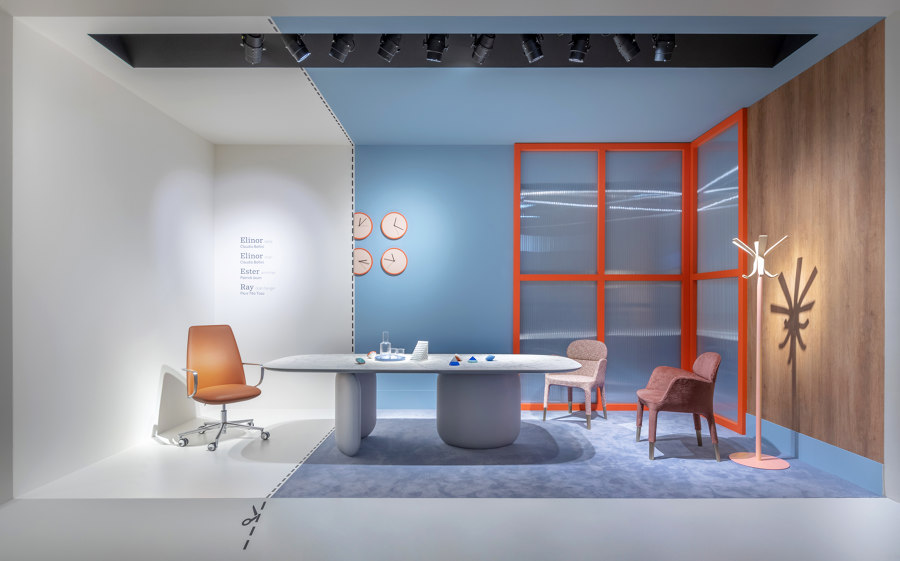
Top: The height-adjustable Arki-Table is designed to meet the needs of the agile, contemporary workplace. Above: Claudio Bellini’s Elinor table, with its moulded, upholstered base
×But this is what keeps things interesting. If design is about the user, then with each commission you’re designing for a different and specific audience.
Well, design should always be user-centred.
But it often isn’t.
Yes, sometimes it’s forgotten. And for a reason. Because it makes everything harder for the designer. It has to work. So, if you put this to one side, then you have more freedom. But the result in the end isn’t very interesting.
The result is more art than design.
Exactly. And I’m not interested in this approach. That’s why it took us almost four years to design the Héra armchair for Pedrali.
Top: Inspired by the eponymous Milan bar, the Jamaica chair, by CMP Design, demonstrates Pedrali’s expertise across materials. Middle: the flowing silhouettes of Eugeni Quitllet’s Soul armchair. Above: Quitllet's "bentwood" polypropylene Remind armchair
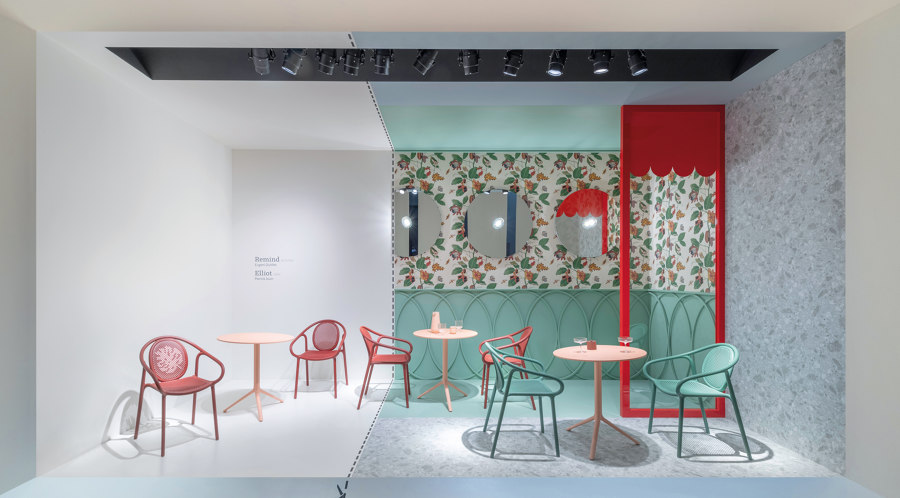
Top: Inspired by the eponymous Milan bar, the Jamaica chair, by CMP Design, demonstrates Pedrali’s expertise across materials. Middle: the flowing silhouettes of Eugeni Quitllet’s Soul armchair. Above: Quitllet's "bentwood" polypropylene Remind armchair
×What kind of brief did Pedrali give you?
The brief was to work with wood as they’ve invested a lot in the latest wood-production technology at their special facility in Udine. Pedrali is very special in the Italian industry because they are complete producers. They’re not editors.
And they’re so advanced in terms of industrial production.
Absolutely. There’s such an open communication with Giuseppe Pedrali. You have an idea as a designer and he’s immediately thinking how they can make it. And he’ll come back with possibilities or redirect your drawings with what he can do or what he can’t. But, essentially, he can do everything.
Augmenting the existing Tribeca family, the new lounge chair and two-seater sofa, by CMP Design, provide even more opportunity to add graphic value to outdoor settings
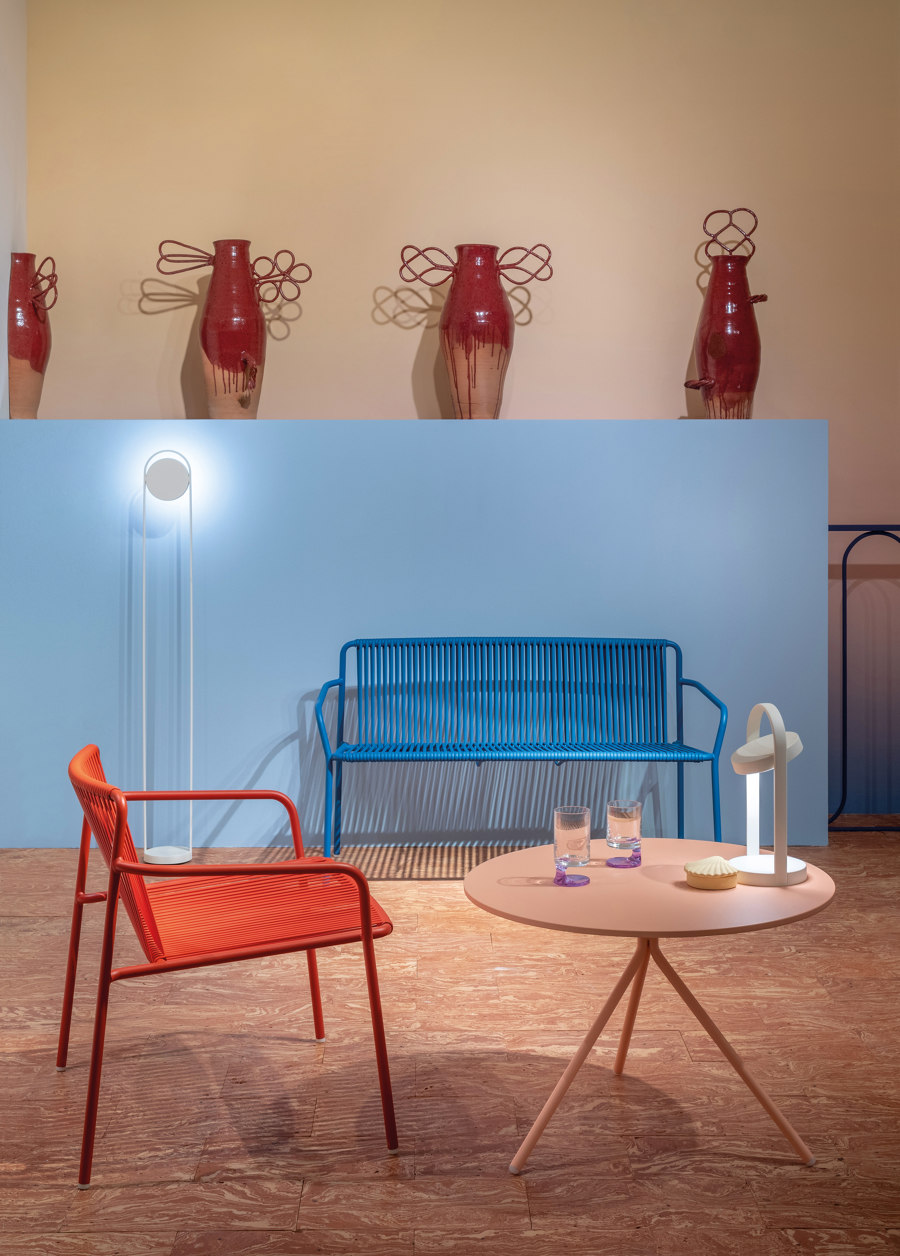
Augmenting the existing Tribeca family, the new lounge chair and two-seater sofa, by CMP Design, provide even more opportunity to add graphic value to outdoor settings
×So you’re given a clear picture at the start as to what’s possible in terms of production, but the scope is wide.
Yes, but at the same time you have to strive to be efficient. With your drawings, with material usage. So, here it was really about the quantity of wood used.
Reduce, reduce…
For example, the back of the chair you could make in solid wood. But it would be very complex. You would need to glue a lot of wood, with the CNC machine to mill it. So much dust, so much waste. So we tried, instead, to be ultra-efficient and used 3D plywood…
The new three-seater Buddy sofa, with or without armrests, provides more scope for adding fulsome form to interior schemes, building on the friendly shape of the existing collection's elements
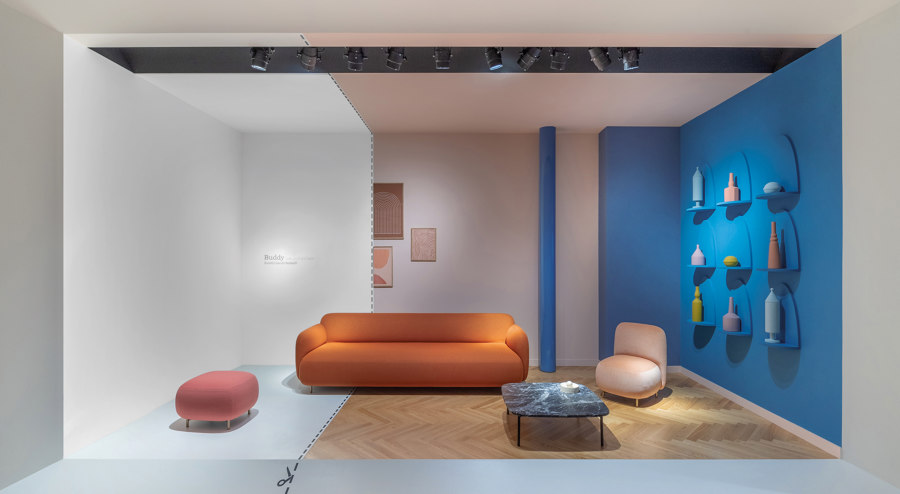
The new three-seater Buddy sofa, with or without armrests, provides more scope for adding fulsome form to interior schemes, building on the friendly shape of the existing collection's elements
×And this of course has an impact on the weight of the piece.
Yes, it makes it super light. But it was a long process of iteration. Because with plastic and metal, you can ask the material to do whatever you want. With wood, you have to respect it. It’s alive. Every piece of wood will be a little bit different.
And, because of your deployment of 3D plywood, and because if its grain, it makes the piece extremely dynamic visually, too. It reminds me a bit of automotive design.
Well, auto-industry design and product design blur together, I would say. Because I’m a car designer, too. (Laughs.)
Patrick Jouin: "I started out as a designer when plastic was king. I never thought that wood would take the crown again. But now we have a new understanding of wood. All the technology that Pedrali possesses is changing everything." © Benoit Linero
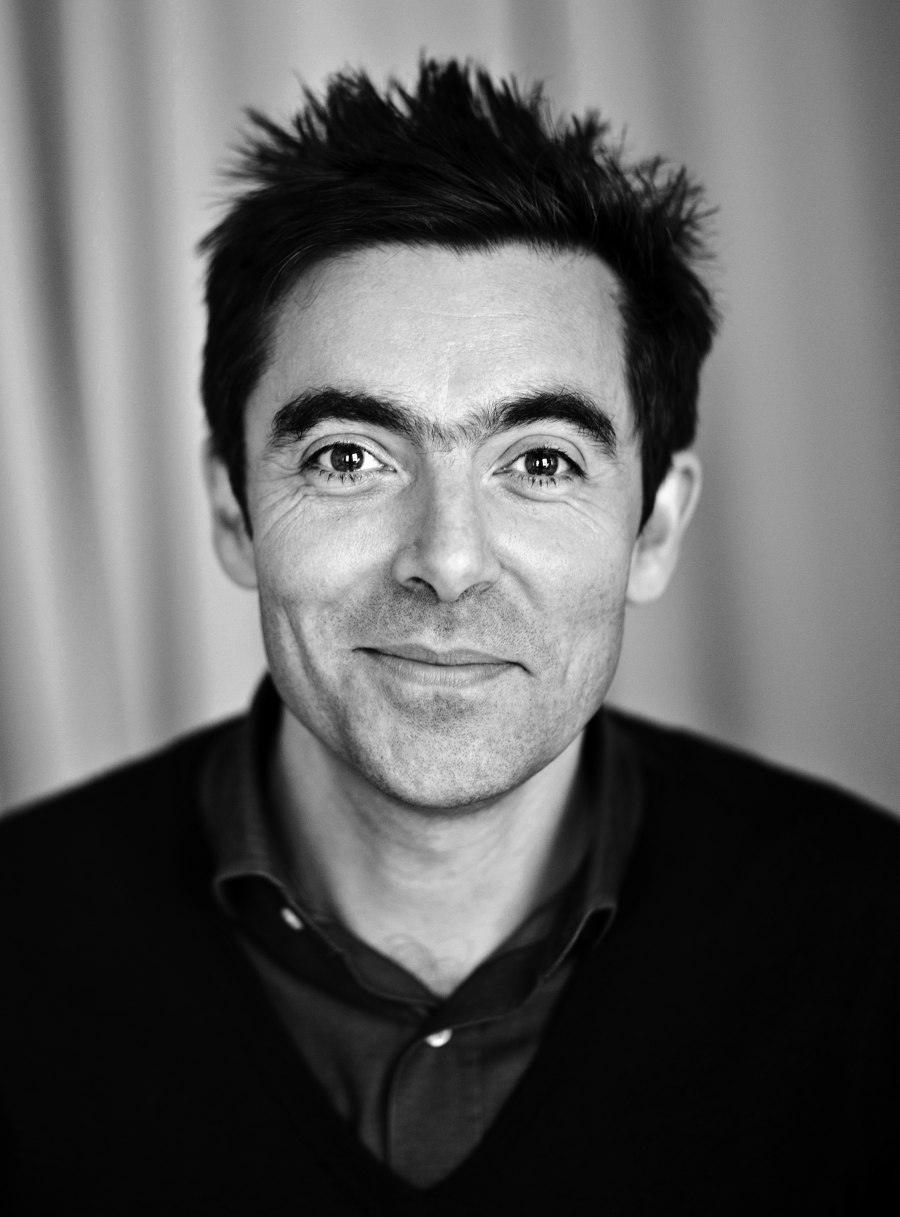
Patrick Jouin: "I started out as a designer when plastic was king. I never thought that wood would take the crown again. But now we have a new understanding of wood. All the technology that Pedrali possesses is changing everything." © Benoit Linero
×What are the particular considerations when designing furniture for the hospitality sector, would you say?
In a social place, you want to be able to move things easily. It’s about conviviality, a space where you can configure elements yourself. Beauty is an important factor, of course, but beauty with a lot of muscle, a lot of weight, is not the life of now.
Lightness is the future. And this is what we have tried to express with Héra. I started out as a designer when plastic was king. I never thought that wood would take the crown again. But now we have a new understanding of wood. All the technology that Pedrali possesses is changing everything.
© Architonic


